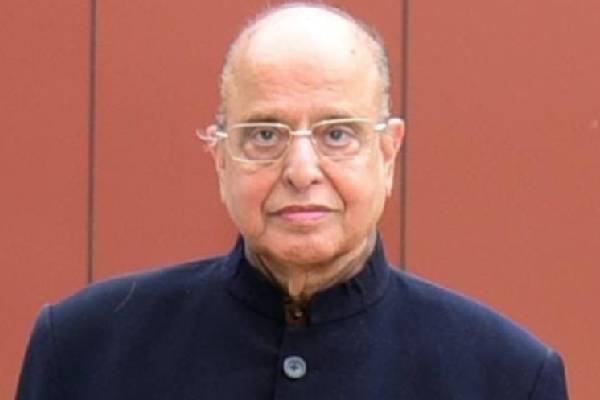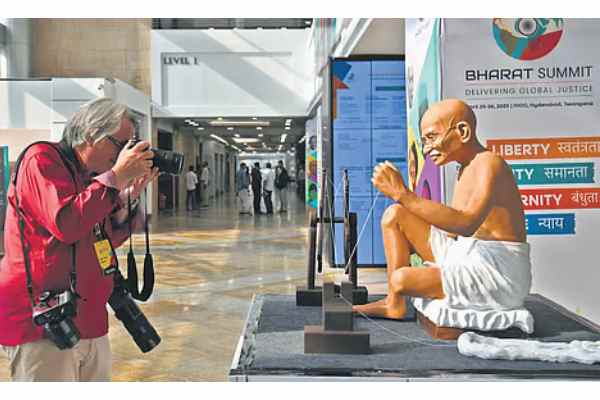In the wake of political disruption, Amaravati, the planned capital city of Andhra Pradesh, finds itself at a crossroads. The new alliance government faces the daunting task of reviving and rebuilding Amaravati after years of neglect and alleged sabotage under the previous YCP administration.
The journey of Amaravati’s development has been confusing. Initially conceived as a world-class green field capital during the Telugu Desam Party (TDP) government, the project saw significant progress with tenders worth ₹40,000 crore and an investment of ₹9,000 crore in infrastructure development. However, the change in government in 2019 brought this momentum to a grinding halt.
Read Also : AP’s Urban Revolution: Nine New Cities to Surround Amaravati
Under the leadership of former Chief Minister Y.S. Jagan Mohan Reddy, Amaravati’s development faced numerous setbacks. Critics argue that the YSRCP government deliberately stalled projects, spread misinformation, and even engaged in acts of vandalism. Iconic structures like the CM’s office and secretariat were left incomplete, with pillars stuck in foundations for five years.
Now, as the alliance government takes charge, there’s renewed hope for Amaravati. Chief Minister N. Chandrababu Naidu has initiated a comprehensive review of the existing structures. Experts from IIT Hyderabad and Chennai have been invited to assess the technical capacity and robustness of the previous works.
The challenges ahead are significant:
1. Jungle Clearance: Years of neglect have turned vast areas into thickets, requiring an estimated ₹40 crore for clearance.
2. Infrastructure Revival: Completing the Seed Axis road and other connecting roads is crucial for improving accessibility.
3. Legal Hurdles: Resolving ongoing court cases related to land acquisition and the three capitals proposal.
4. Water Management: Restarting stalled projects like the Vaikunthapuram lift scheme and development of Kondaveeti vagu and Palavagu.
5. Financial Resources: Securing and managing funds for the capital’s construction, with the Centre offering a ₹15,000 crore loan.
Despite these challenges, there are positive indicators. The government’s commitment to Amaravati’s revival, coupled with potential private investments and central government support, offers a glimmer of hope. The planned ₹25,000 crore ring road project could further boost the region’s development.
As Amaravati embarks on this journey of rebirth, the government’s careful approach in addressing legal, environmental, and social concerns will be crucial. With strategic planning and execution, Amaravati may yet fulfill its promise as a modern, sustainable capital for Andhra Pradesh.
-Sanyogita

































